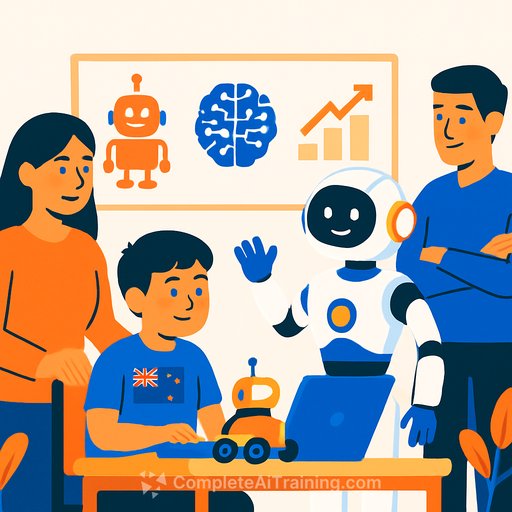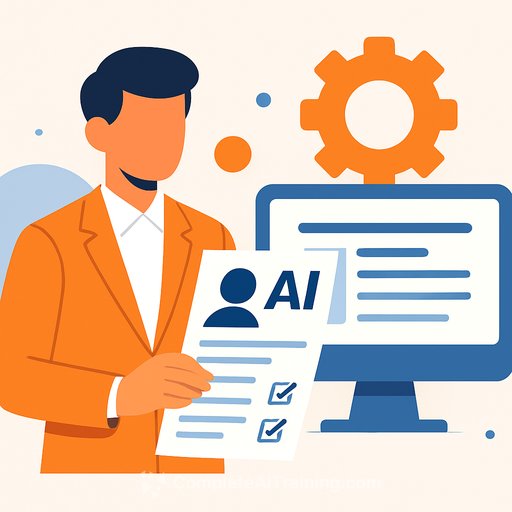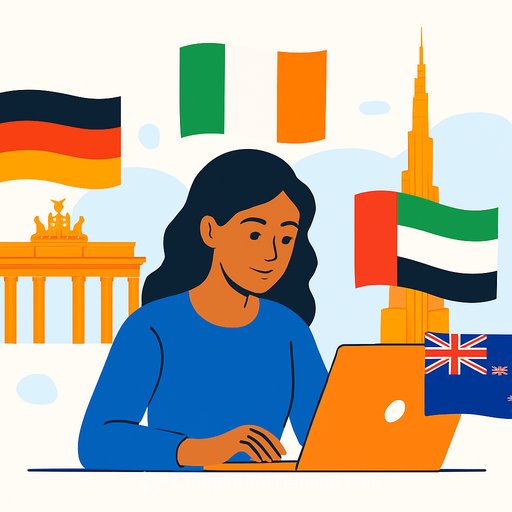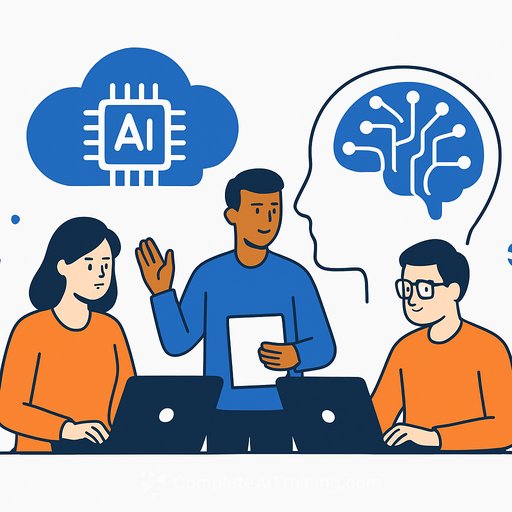Growing Interest in Robotics and AI Education in New Zealand
Chinese families in New Zealand are increasingly enrolling their children in out-of-school robotics and artificial intelligence (AI) programs. They believe that fluency in these technologies is essential for the next generation. Many are urging New Zealand’s education system to include robotics and AI in the national curriculum, emphasizing the importance of early exposure to prepare students for a technology-driven job market.
Pauline Cleaver, acting deputy secretary of Te Poutāhū Curriculum Centre at the Ministry of Education, confirmed that the government’s 2025 budget includes targeted investment in science, technology, engineering, and mathematics (STEM) education.
Rising Enrollment in Robotics Programs
The Creative Imagination Laboratory (CILab), a robotics and programming institute in Auckland, has seen a sharp rise in enrollment among Asian students since the onset of the Covid-19 pandemic. Hannah Nie, the institute’s director, shared that CILab started in 2016 with just a dozen children and now teaches around 300 students.
Approximately 80% of CILab’s students are of Asian heritage, but interest from families of Middle Eastern, Russian, and European backgrounds has grown steadily. Nie also noted a shift in age demographics: primary school students have become the largest group, surpassing intermediate and college-level students. This change reflects a growing awareness among parents about the importance of early tech education.
Insights from Industry Educators
James Wang, founder of iBot Academy NZ, a home-based robotics and programming school in Auckland, has observed similar trends. A former software engineer and lecturer at Beijing University of Technology, Wang offers courses focused on robotics competitions, robot construction, and the C programming language.
Wang argues that New Zealand’s school system must increase investment in STEM education to prepare students effectively. He pointed out that some schools still teach outdated skills like carpentry and ironwork instead of modern technological knowledge, which he considers foundational for acquiring related skills in the future.
Parental Perspectives on Robotics and AI Education
Parents like Selina Chen, whose son attends Botany Downs Secondary College and participates in the CILab robotics program, stress the necessity of understanding technology and robots as crucial skills. Chen believes that even if children don’t become engineers, they need to know how these systems work and how to use them, similar to how computer and smartphone literacy became essential.
She also wants schools to offer more comprehensive robotics instruction. Chen notes that while classes on AI and robotics exist, they tend to be basic and lack depth. She advocates for robotics and AI to become part of standard education from primary through secondary school.
Ling Zhao, who enrolled her eight-year-old son in a robotics program, agrees that embedding robotics and AI in the primary school curriculum would be ideal. However, she acknowledges that teaching resources for these emerging areas remain limited, which is why out-of-school programs are popular among families.
Challenges and Efforts in Schools
Ho Seok Ahn, senior lecturer in Engineering and Design at the University of Auckland, has led national teams to the International Robot Olympiad since 2016. He highlights that AI is no longer confined to engineering but extends to business, medicine, commerce, and marketing. For young people, AI knowledge is increasingly vital for their future careers.
Ahn agrees more integration of AI in schools is necessary but acknowledges challenges such as the need for regular updates to teaching materials and facilities. Budget constraints and the need to train teachers in new technologies also pose significant hurdles.
Community and Government Initiatives
Kiwibots, a New Zealand robotics charitable trust, has spent over 15 years promoting STEM education through competitions and outreach. In the last two years, Kiwibots has taken 27 teams to the VEX World Championships in the United States, winning 10 world titles.
Michelle Hazeleger-Mollard, Kiwibots’ national operations manager, notes a consistent 10% annual increase in student participation, especially in AI and advanced technology courses. While teachers are eager to introduce these subjects, limited funding for equipment remains a significant barrier.
Cleaver emphasized that STEM education is compulsory from Year 1 to Year 10, with more specialized subjects offered in senior years based on resources and demand. The Ministry of Education partners with STEM-focused organizations and funds over 70 community-based providers to support learning outside traditional classrooms.
The 2025 budget includes $39.9 million for science and pūtaiao resource kits for Years 0 to 8, available from 2026. A refreshed curriculum incorporating technologies like AI, generative AI, computational thinking, digital outcome design, and digital safety will be released in draft form later this year. Schools will review and start adopting it, with full implementation required by 2027.
This curriculum update recognizes the growing significance of AI and digital technologies in students’ futures and aims to provide learning across a broad range of technologies.
Further Resources
- Complete AI Training – Courses to support educators and students in AI and related fields.
- Latest AI Courses – Explore up-to-date AI training options.
Your membership also unlocks:




